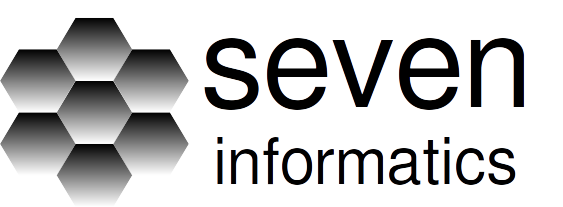In our view, open standards are a good thing — they encourage open debate about solutions; they ease the interoperability of systems and the exchange of information; they extend the useful life of both information and the systems that generate and consume it.
But open standards are not universally lauded. Critics point to the ‘designed by committee’ feel of many international standards, the slow development cycle and the cynical exploitation by some commercial interests. There is also an ongoing debate about whether some widely used ‘open standards’ really are open and/or standard.
Creating effective clinical information systems requires the use of open standards at two levels — standards specific to healthcare and more general standards that allow healthcare systems to participate as fully signed up citizens of the connected digital world.
The reference platforms recommended here use XML, Java and web technology as the underlying platform. These are augmented by other general standards from the W3C, IETF and OASIS.
Standards in health informatics are dominated by the mighty Health Level 7 (HL7) standard, but it has been challenged in recent years by more lightweight offerings such as the Continuity of Care Record (CCR) that is used by some personal health records, such as Google Heath .
Useful standards ‘profiles’ for healthcare (i.e. recommendations on how open standards can be applied and combined in specific scenarios) are promoted in initiatives such as Integrating the Healthcare Enterprise (IHE) and the Continua Health Alliance.
When it comes to classifying and coding clinical knowledge and data, we have the Systematized Nomenclature of Medicine-Clinical Terms (SNOMED CT) and the Unified Medical Language System (UMLS), both of which can be implemented over more general standards such as the Web Ontology Language (OWL) to move us towards the better implementation of intelligent systems for clinical care.
